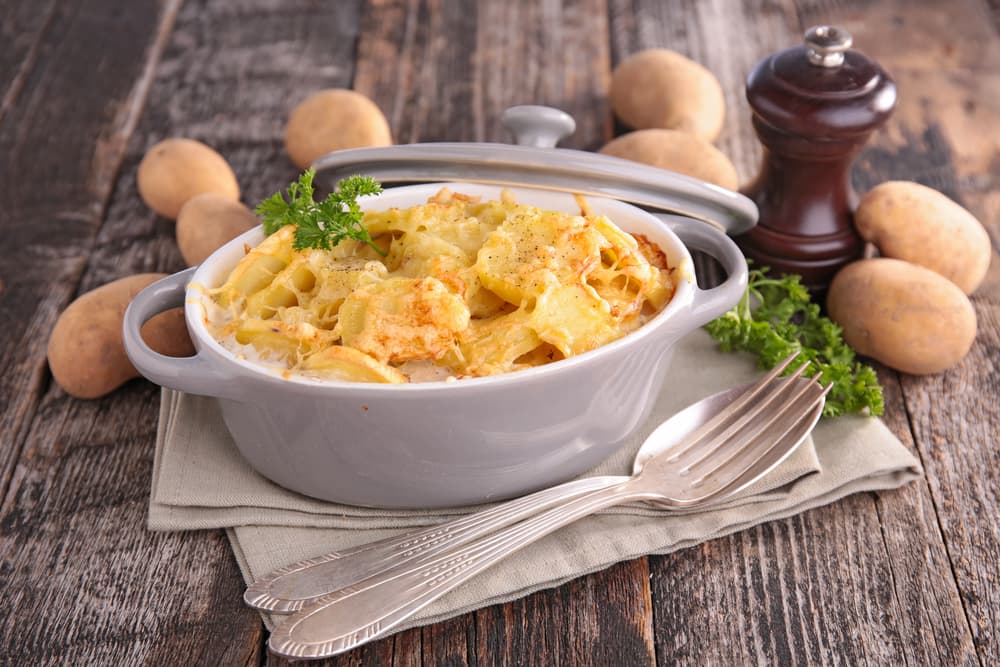

Born in the Dauphiné, an ancient historical territory now covered by the departments of Isère, Drome and Hautes-Alpes, this dish also called "potatoes à la dauphinoise" appeared, in a first slightly different form, between the 16th and 17th centuries in Italy and Switzerland, but it was in 1788 that it became part of French (gastronomic) history.
On July 12 of that pre-revolutionary year, the Duke of Clermont-Tonnerre served it to his officers who had avoided, under his recommendation, a confrontation with the insurgents. Associated with this narrowly avoided massacre in the town of Gap, the dish, modestly composed of potato slices, milk and garlic, quickly became popular and its recipe spread to inns throughout the Southeast region before arriving in Paris.
142 years after it was mentioned in the report of this famous military meal, the French capital has a restaurant called the Gratin Dauphinois. If we don't know the exact recipe used by its Savoyard owner, it is likely that it did not include cheese and eggs, these ingredients appearing only much later and only in certain regions.
If one respects tradition, a gratin dauphinois is only made of potatoes, rather yellow and not too firm, and rich farm milk. More and more, the latter is replaced by a mixture of milk and cream and, as far as tubers are concerned, it is mainly Charlottes or Monalisas that are favored (depending on the more or less sweet taste sought). For the preparation of this now unavoidable family meal it is very simple:
Before admiring the gratinated aspect obtained and satisfying the gourmets attracted by the good smell coming out of the oven, it is recommended to let the dish rest for about 45 minutes. This will make it even tastier, especially if, as in some regions (notably the Vercors), leftover old cheeses have been used to accentuate the gratin effect. Bon appétit !
Valérie from Comme des Français
---
Fans of gratin effects? Discover these other gourmet dishes: